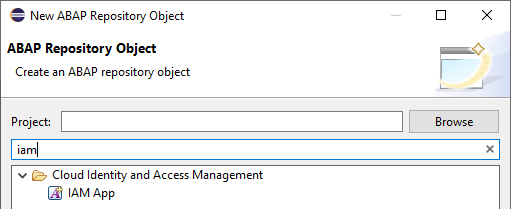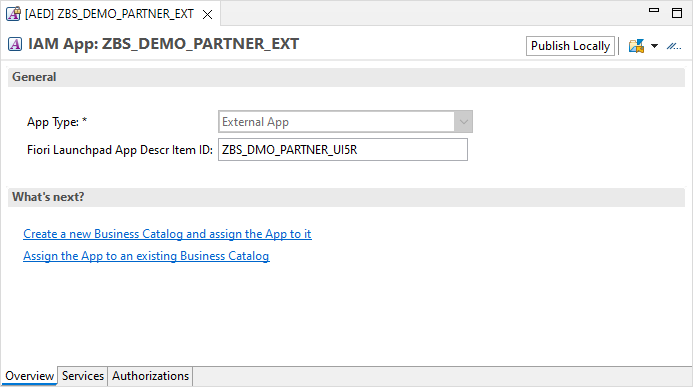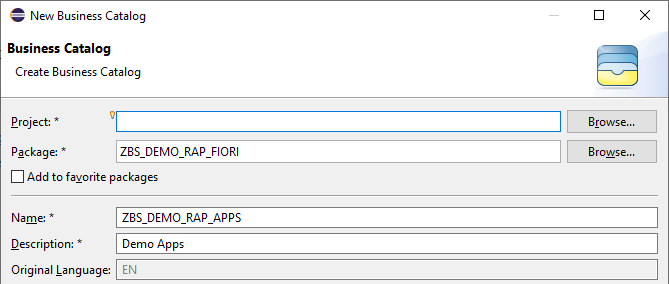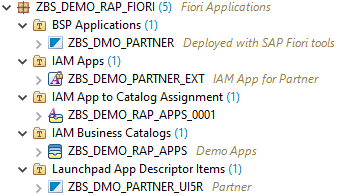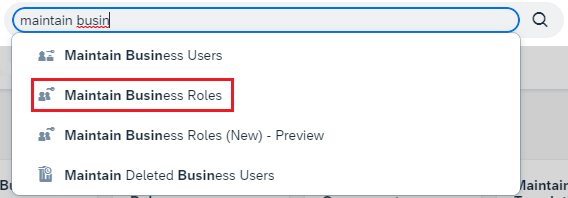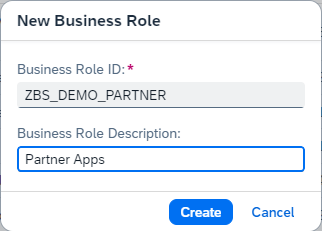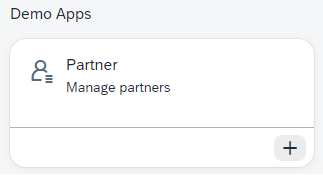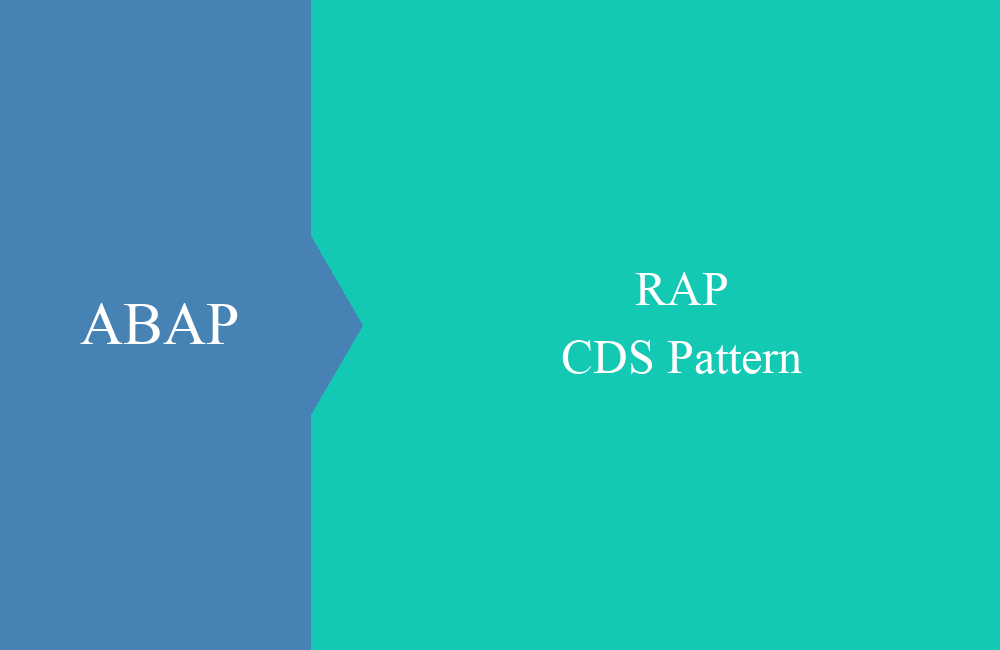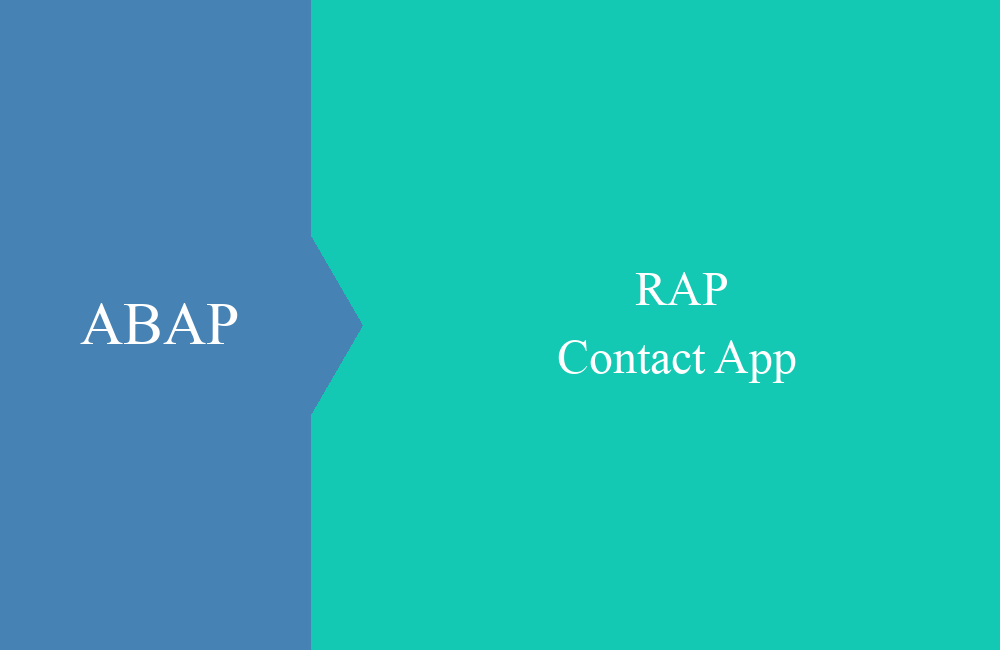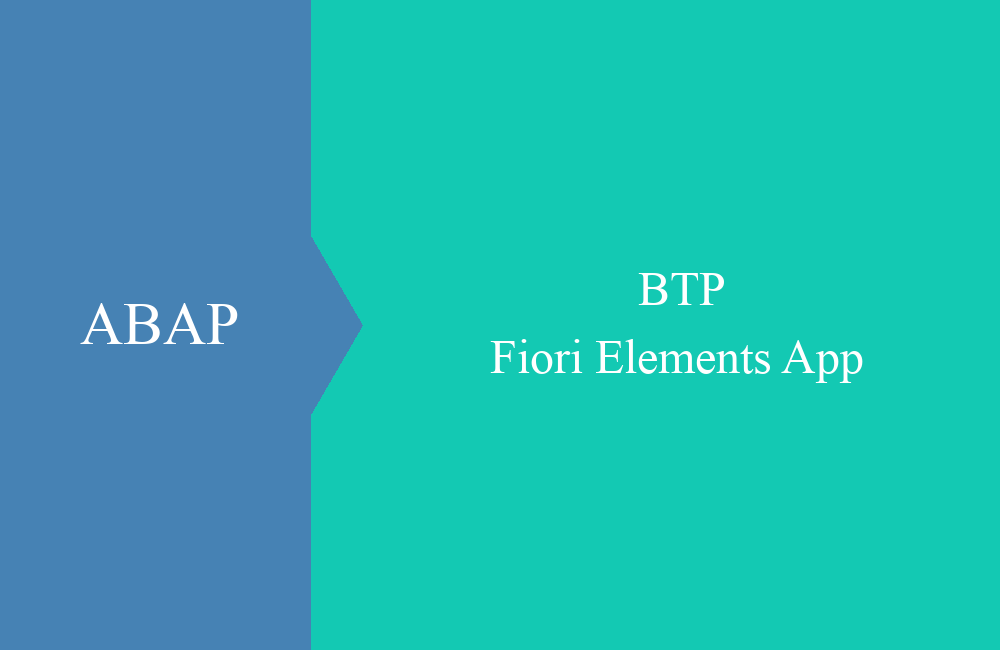
BTP - Fiori Elements App (Deployment)
In this article we take care of the deployment of the Fiori Elements App in the ABAP Environment and the setup of the permissions.
Table of contents
This article is the second part of creating Fiori Elements apps and will mainly deal with deployment and the ABAP environment. It ties in with last week's article.
Deployment
The app is now ready for deployment. In order to start the deployment on the system, we need a terminal to issue the command.
But since the terminal is probably still on the project, we need to change folders and switch to the Fiori app:
Now we can start the deployment, to do this we enter "npm run deploy" in the terminal. NPM is the NodeJS framework that runs in the background and takes care of the next steps for us. Thanks to the deployment configuration created, everything runs automatically so far. The app is built in the first step, then we are asked again whether we really want to start the deployment and whether the data given is correct so far.
By entering "Y", the deployment is started and now takes a short while. The deployment will be completed with a hopefully positive message and we will again receive a brief summary and where the app can now be reached.
ABAP Environment
The work in the Business Application Studio is now complete and the app is available in the ABAP Environment. If you now check the package, there should be two new objects in it, the BSP application (the app and the associated resources) and the Fiori Launchpad configuration for integrating the app into the FLP of the ABAP Environment.
IAM App
On this basis we can now create the authorizations and objects. In the next step we generate an IAM app, a permission object for the Fiori app. To do this, right-click on the Fiori package and select "New -> Other ABAP Repository Object". There you can search for the object:
The name of the object is not relevant and can be changed as desired. The ending _EXT, which is already suggested, is important. There is another type of object for the Business Configuration. In our case it looks like this:
After creating the object, you must store the Launchpad App Descriptor Item, this is always the object with _UI5R at the end. When the point has been stored, our OData service appears under the Service tab.
Under the "Authorization" tab, authorizations must still be given to the app's table so that the app later has authorization to change the data. The authorizations are assigned via the object S_TABU_NAM, the final values are as follows:
Now that the data has been completely stored, you can release the app for the Launchpad by clicking on the "Publish Locally" button. Without approval, the app may not be found.
Business Catalog
Now that the IAM app has been completely created and approved, a business catalog still has to be created. This object is ultimately used to create roles and contains the actual permissions. You can create it manually or you can click on the "Create a new Business Catalog and assign the App to it" link on the Overview tab in the IAM app. This is the easiest way.
After the business catalog, an app assignment object is also generated automatically. Our app (with _EXT) should already be linked in the business catalogue. The catalog can contain multiple apps if they logically belong together and are authorized together. Also press the "Publish Locally" button here so that the catalog is released in the launchpad.
Hint: If the app or the business catalog is not visible in the launchpad, press the publish button again, then the release may not have worked properly.
Objects
After all objects and permissions have been created, the following objects should now be visible in the Fiori package:
Fiori Launchpad
This completes all preliminary work in the ABAP Environment and we can build the role in the Fiori Launchpad of the ABAP Environment. To do this, we go to the Launchpad and call up the "Maintain Business Roles" app.
With the "New" button we create a new role in the system. We can assign the business catalog to this and then give the role to the appropriate users who are supposed to work with the app.
Hint: The "Access Category" should still be set to unrestricted for "Write, Read. Value Help", so that the users have full authorization for the app.
After the assignment, it is best to log on to the system again so that the new authorizations are applied. The app can then be found via the app finder and set up on the home screen:
Thanks to the translation of the i18n, the app will then work in English and in German, as well as all the languages taken into account in the translation:
Sustainability
Now we generated the app and made it available in the system, which was a few steps. What about the sustainability of the app? When does a new deployment have to take place? The answer is relatively simple, many changes are applied automatically and are not tied to the Fiori Elements app. Thus, in the rarest of cases, the app has to be made available again, in the majority of cases this applies to:
- New navigation or new entity
- Modification of tile texts or icon
- Extension of the app outside of Fiori Elements
In all other cases, such as new fields in the entities, changed texts, changed detail images, no app needs to be deployed again. These changes are simply applied to the Fiori Elements skeleton. Very useful for the ABAP developer.
Conclusion
A few more steps are still necessary for the deployment and the post-processing in the ABAP environment should not be neglected. But once the construct is up and running, hardly any adjustments need to be made.






